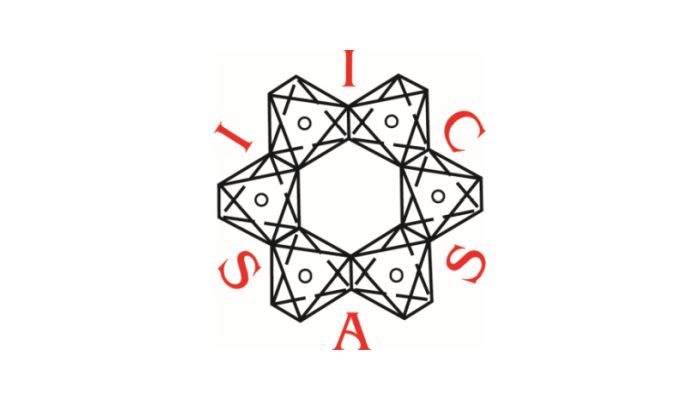Written by: Alper Güneren, Zoltan Lenčéš, Ahmed Nada
Abstract: Fused Deposition of Ceramics (FDC) allows preparation of ceramic bodies in low number series, suitable for production of personalized hard tissue replacements. The sintered bodies printed from hydroxyapatite (HA) composite filament containing 50 wt.% of HA particles were tested for flexural strength. To simulate the bone porosity, the bodies were printed using 42, 48, 52, and 100 % of the solid material infill. The bodies were sintered at the tempatures 1200 °C, 1300 °C, and 1400 °C. The samples prepared with 100 % of the infill showed a total porosity of 8 to 13 %. Respective flexural strenghts of tested bodies were ranging from 7 to 22 MPa, these values exceed the trabecular bone strength values reported in the literature. As expected, the increase of pores produced by 3D printing, decreased the strenght of sintered HA, while the sintering temperature of 1400 °C caused a significant flexural strength decrease.
Keywords: Flexural strenght, hydroxyapatite, Fused Deposition of Ceramics – FDC, sintering, porosity
Original article: http://www.sss.sav.sk/files/Silikatnik_2022_2.pdf

